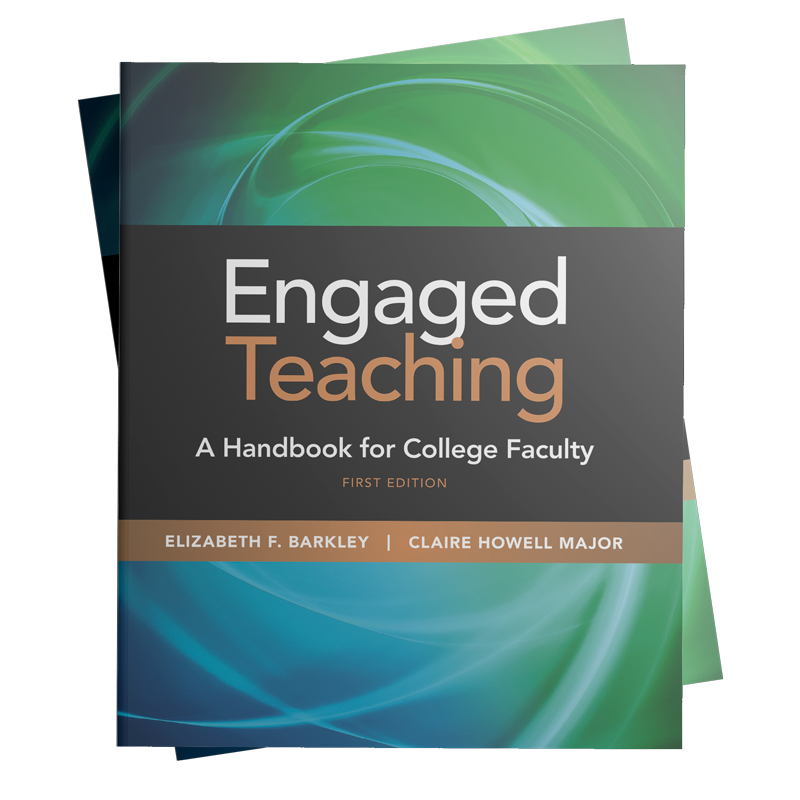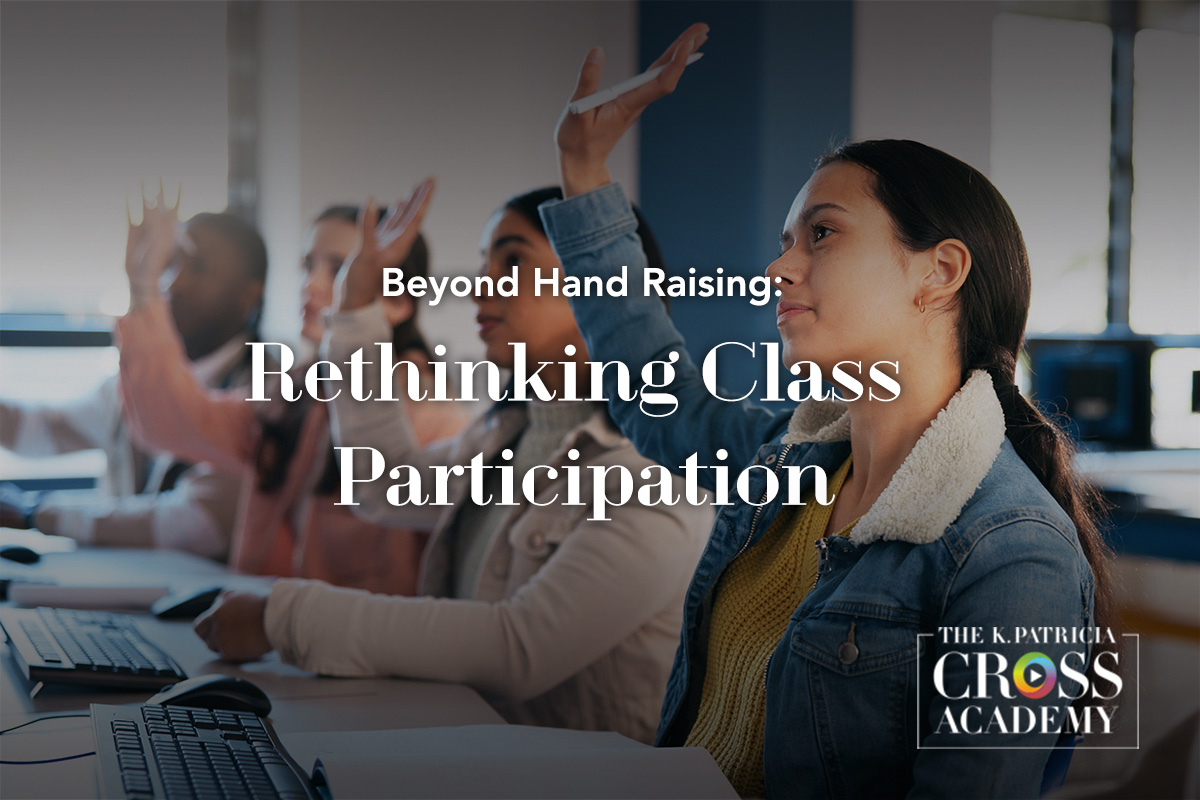
“Learning never exhausts the mind.”
–Leonardo da Vinci
The question of how people learn has intrigued generations of scholars. It is perhaps no surprise then that many different theories about individual learning exist. Some of these theories stem from a behaviorist perspective, a view that suggests that learning can best be explained in terms of conditioning. Some of the theories stem from a cognitivist perspective, which focuses on mental processes rather than behaviors. Some of these come from a constructivist perspective, which suggests that learners must be active in constructing their own knowledge.
There are dozens of theories about how individuals learn. In fact, here you will find a concept map of 32 learning theories, each theory succinctly summarized, with their disciplinary origins and primary proponents identified.
You can explore this concept map as you think about your own views of student learning. As you do think about your views, consider the following questions:
- How do you define learning?
- What do you see as the desired object of learning?
- What do you think the learning process looks like in practice?
- How do you know for certain if a student has learned?
- What teaching approaches do you believe best inspire learning?
We hope that you find these tools helpful. As always, if you know of an interesting resource that we should feature, please drop us a line at kpcrossacademy@ua.edu; we will of course credit you for the information you share.
To learn more about The K. Patricia Cross Academy, visit kpcrossacademy.ua.edu
Suggested Citation
Barkley, E. F., & Major, C. H. (n.d.). So many learning theories, so little time. CrossCurrents. https://kpcrossacademy.ua.edu/so-many-learning-theories-so-little-time/

Engaged Teaching
A Handbook for College Faculty
Available now, Engaged Teaching: A Handbook for College Faculty provides college faculty with a dynamic model of what it means to be an engaged teacher and offers practical strategies and techniques for putting the model into practice.





